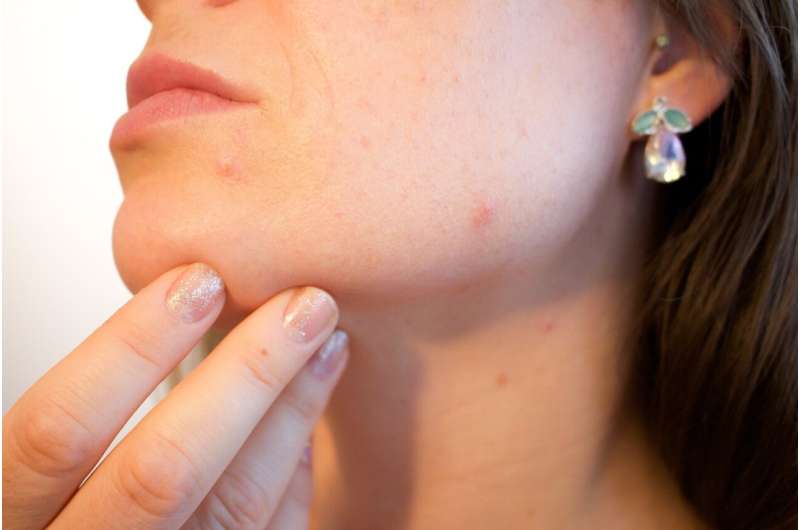
The majority of dermatology patients surveyed find telehealth appointments to be a suitable alternative to in-person office visits, according to a survey study from researchers at the George Washington University (GW) Department of Dermatology. The results are published in the Journal of Drugs in Dermatology.
The COVID-19 pandemic changed many aspects of everyday life, including how patients interact with the health care system and seek medical care. Social distancing and stay-at-home orders have led to a move from in-office to virtual visits. While many specialties had to shift to the virtual format because of the pandemic, dermatology had already been experiencing an increase in telehealth visits over the last decade.
“Teledermatology boasts a number of benefits, including increased access to care, cost savings for patients, convenience, and, with the current pandemic, avoids physical contact,” said Samuel Yeroushalmi, a third-year medical student at the GW School of Medicine and Health Sciences and first author of the study. However, virtual appointments do come with some drawbacks, including privacy and security concerns, appropriate image acquisition, and appropriate provider training or experience.
To evaluate patient satisfaction with teledermatology appointments, the team distributed an online survey to dermatology patients at the GW Medical Faculty Associates. The survey assessed the patients’ reasons for scheduling the telehealth visit, as well as any pandemic-related barriers to care and overall satisfaction with the appointment.
Of the respondents to the survey, 47% reported having a previous appointment canceled due to COVID-19 and 17.7% were new patients who had not previously had an in-office appointment. Patients reported that they most liked their telehealth experience because they were time efficient, did not require transportation, and effectively maintained social distancing. Reasons patients did not like their virtual appointments include lack of physical touch and feeling they received an inadequate assessment.
When asked if they would recommend telehealth services, only a small minority (6.9%) stated they would not.
“Video calling can certainly present challenges with regard to creating an intimate and collaborative physician-patient relationship compared to in-person encounters, not to mention enhancing certain areas that already have deficiencies,” said Adam Friedman, MD, interim chair of the Department of Dermatology and professor of dermatology at the GW School of Medicine and Health Sciences. “Accurate diagnosis of hair, skin, and nails in all skin types has been highlighted as an area in great need of improvement. Telemedicine can easily add an additional layer of complexity, widening the gap and impacting care.”
Overall, the team concluded that the majority of patients who had teledermatology appointments found the visits to be an adequate substitute for in-person appointments. The authors suggest that telehealth can and should continue to provide high-quality care for patients of dermatologists during the COVID-19 pandemic in tandem with proper education to ensure meaningful use.
Source: Read Full Article
